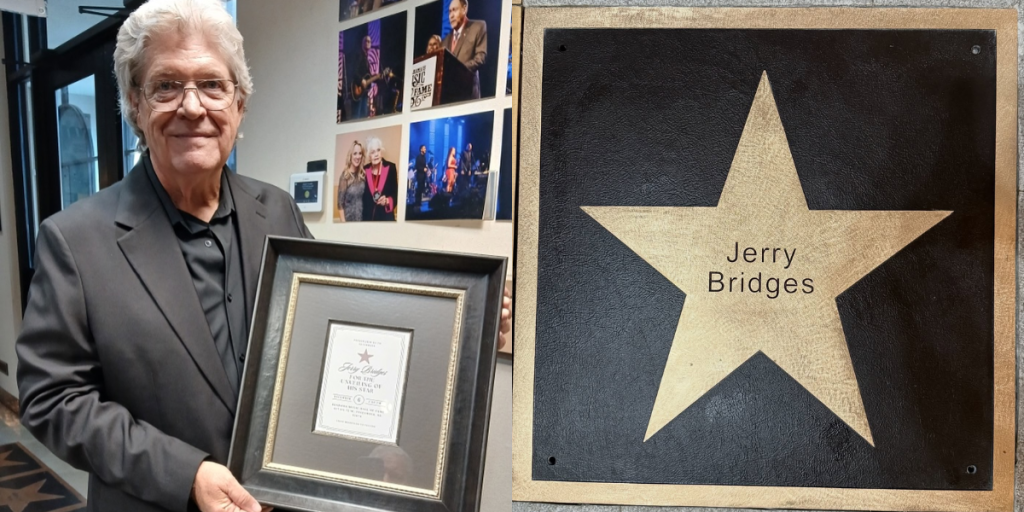
by Senator Cam Ward
In 2016, more Americans died from drug overdoses than were killed in the entire Vietnam War. Two-thirds of those overdoses were linked to opioids, a class of drugs that includes illegal substances like heroin, but which is primarily composed of legal painkillers like oxycodone, hydrocodone, and methadone.
Unfortunately, Alabama is center stage in the opioid crisis: according to the Center for Public Integrity, in 2015 Alabama had the highest per capita number of opioid prescriptions of any state in the country, with a rate of 1.2 prescriptions for every resident. Not surprisingly, for the past several years the number of persons dying from overdoses in Alabama has been climbing, with 282 people dying from opioid overdoses in 2015, per data from the Centers for Disease Control and Prevention. According to the company’s own research, 6.5% of BlueCross and BlueShield of Alabama’s members were on a long-duration opioid regimen in 2015, compared to the 3.8% national average.
The numbers are grim, and will continue to get worse in Alabama and across the nation unless lawmakers, pastors, and community leaders band together to address the crisis.
What is driving the surge in opioid abuse? Some experts argue that drug manufacturers and doctors are to blame. In this narrative, during the 1990s doctors began to over-prescribe opioids as patients increasingly expected “pain-free” healthcare. Meanwhile, drug companies overhyped the safety of painkillers and ignored research indicating that some opioids were highly addictive.
Some writers and researchers, like Johann Hari, have pointed to increasing social isolation as the primary driver of the opioid epidemic. As Americans spend more and more time staring at screens and have fewer strong social ties with neighbors and relatives, a web of psychological problems arises. People, in this rendering, turn to painkillers to make up for frayed or non-existent social connections.
Additional academic studies will hopefully shed more light on the complex factors driving the crisis. But solutions, even provisional ones, are needed now. I think that at the least, more treatment centers are needed in Alabama for those struggling with opioid addictions. A central challenge is that these persons have few places to go for counseling and treatment. As public policy writer German Lopez puts it, “it is much easier to get high than it is to get help.”
From a legal perspective, we need to give our law enforcement officers more tools to crack down on fentanyl, an opioid mix that is fifty times more powerful than heroin. Used as a pain reliever for patients, fentanyl is among the most powerful opioids prescribed by medical providers. Its street form is uniquely dangerous since the drug can be absorbed via the skin or inhalation. In next year’s legislative session, I plan to sponsor a bill to make the illicit distribution of fentanyl a Class B felony.
We must see the opioid crisis in the context of broader social problems. As a conservative, I believe government programs are limited in their effectiveness at solving complex social challenges. We need churches, businesses, and community leaders to continue to form creative partnerships, like job-training programs for recovering addicts. The social science publication STAT estimates that 650,000 Americans will die over the next ten years from opioid overdoses. Perhaps no other social crisis in America demands our attention with as much urgency.
###

About the Author: Republican Senator Cam Ward represents District 14 in the Alabama State Senate, which includes all or parts of Shelby, Bibb, Chilton, Hale, and Jefferson counties. He serves as Chairman of the Senate Judiciary Committee. Follow him on Twitter: @SenCamWard












